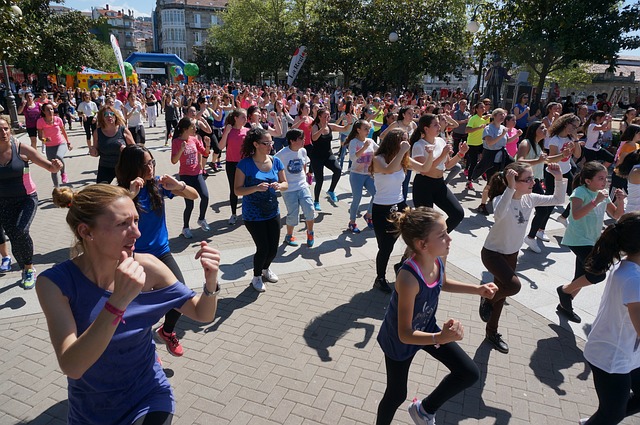Running is a versatile and accessible form of exercise that offers a multitude of physical and mental health benefits. To reap the full benefits and prevent potential injuries, it is crucial to prioritize proper running form and techniques. By understanding the importance of maintaining good form and employing effective techniques, you can enhance your performance, increase efficiency, and reduce the risk of injuries.
The Benefits of Proper Running Form
- Enhanced Efficiency: Proper running form allows you to use your energy more efficiently, reducing wasted movement and unnecessary strain on your body. Efficient running form helps conserve energy, enabling you to run longer distances with less fatigue.
- Injury Prevention: Maintaining proper alignment and technique helps distribute the impact forces evenly throughout your body, minimizing the risk of overuse injuries. Good form reduces stress on joints, muscles, and tendons, promoting a more balanced and injury-resistant running experience.
- Improved Performance: With proper form, you can optimize your stride length, cadence, and posture, leading to improved speed, endurance, and overall running performance. Efficient running mechanics allow you to move with greater power and effectiveness.
Key Elements of Proper Running Form
- Posture: Maintain an upright posture with a slight forward lean from the ankles, avoiding excessive leaning forward or backward. Keep your head up, eyes focused ahead, and shoulders relaxed. Engage your core muscles to support your torso.
- Arm Swing: Your arms should swing in a natural and relaxed manner, bent at a 90-degree angle. Allow them to swing forward and backward, not across your body. The arm swing should be coordinated with your leg movement to maintain balance and rhythm.
- Footstrike: Aim for a midfoot or forefoot strike rather than striking with your heel. This helps absorb impact forces more efficiently and promotes a smoother transition into the next stride. Avoid overstriding, which can lead to braking forces and increased risk of injury.
- Cadence: Strive for a higher cadence (number of steps per minute) to increase running efficiency and reduce the impact on your body. Aim for a cadence of around 170-180 steps per minute. This can be achieved by taking shorter, quicker strides.
Tips for Improving Running Form
- Video Analysis: Consider recording yourself while running or seek professional gait analysis to identify any areas for improvement in your form. A visual assessment can provide valuable insights into your running mechanics.
- Gradual Changes: Make any adjustments to your form gradually, allowing your body to adapt to the changes. Focus on one aspect at a time, such as posture or footstrike, and gradually incorporate the changes into your running routine.
- Strength and Flexibility Training: Incorporate strength and flexibility exercises into your training regimen to improve muscle imbalances, enhance stability, and support proper running mechanics. Target areas such as the core, glutes, and leg muscles.
- Seek Professional Guidance: Consider consulting with a running coach or a physical therapist with expertise in running biomechanics. They can provide personalized guidance, technique corrections, and exercises tailored to your specific needs.
Proper running form and techniques play a vital role in maximizing performance and minimizing the risk of injuries. By focusing on maintaining good posture, efficient arm swing, appropriate footstrike, and optimal cadence, you can enhance your running experience. Remember to make gradual changes, incorporate strength and flexibility training, and seek professional guidance when needed. Embrace the importance of proper running form, and let it propel you towards improved performance, enjoyable runs, and a reduced risk of injuries.
Image by Victoria_Regen from Pixabay
Fitness
-

How to Hydrate Properly for Muscle Health
Proper hydration is crucial for overall health and plays a vital role in supporting muscle function and development. Muscles are composed of a significant amount of water, and maintaining adequate hydration levels is essential for optimizing muscle performance, preventing muscle cramps, and supporting muscle recovery. In this article, we explore the link between hydration and…
-

Try Aerobics for Overall Health, Fitness, and Fun
-

Mindful Running: How to Incorporate Mindfulness and Mental Focus into Your Running Routine
-

Proper Running Form and Techniques – How to Boost Your Performance and Prevent Injuries
-

How to Start Running Today for Health and Fitness
-

Unleashing Your Strength: Exploring Resistance Training and Its Various Types
-

How to Build Muscle Mass – From Strength Training to Protein-Rich Foods








Leave a Reply